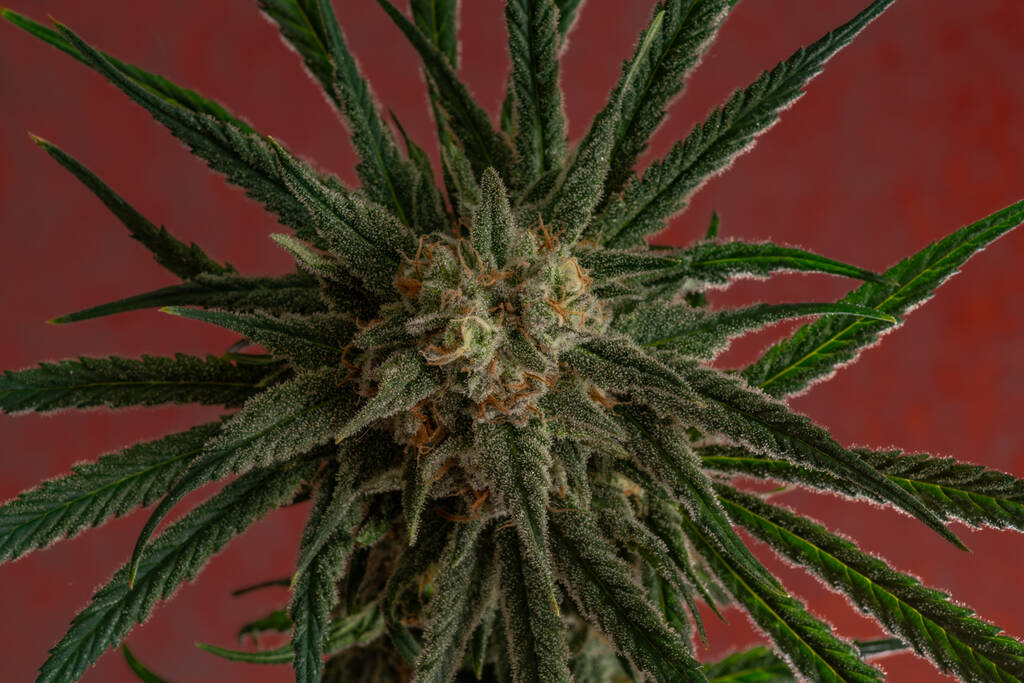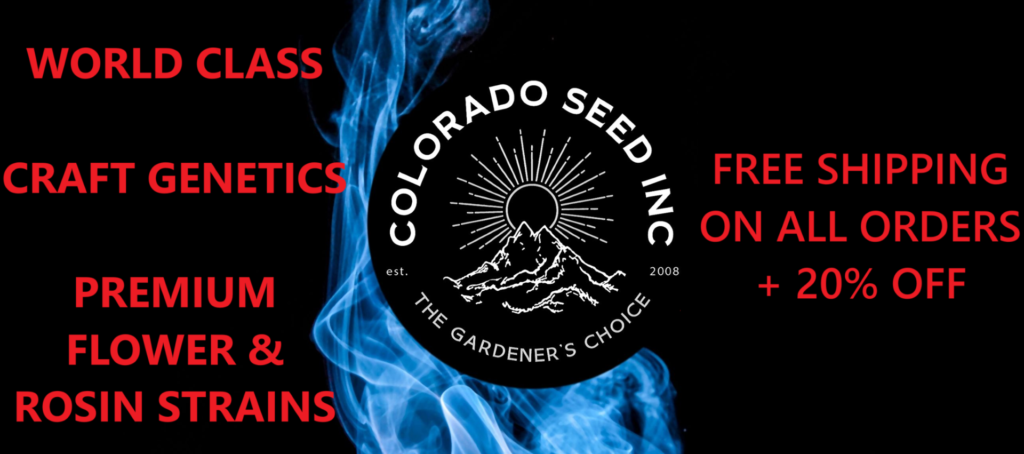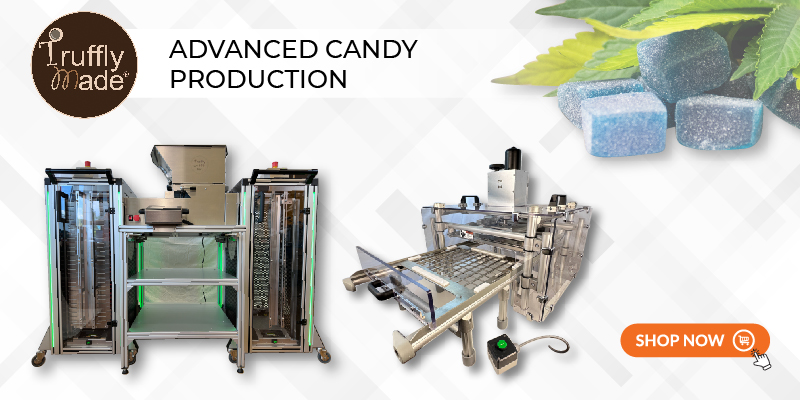Researchers from the Universidad Nacional de Colombia have developed a method for removing nearly all THC from cannabis extracts using scalable chromatography.

A study published online today by the Journal of Chromatography A details the development of a process that effectively separates tetrahydrocannabinol (THC) from cannabis extracts while preserving cannabidiol (CBD) and other cannabinoids. Researchers designed the method using centrifugal partition chromatography (CPC), which they adapted for pharmaceutical-grade, large-scale production.
To meet strict regulatory standards—such as Colombia’s THC limit of 1% and lower thresholds in other countries—the research team created a liquid–liquid chromatography protocol using a heptane/ethanol/water (HEtWat) solvent system. With the help of ASPEN Plus simulation software, they generated a ternary phase diagram to identify optimal solvent ratios. After evaluating several systems, they selected a 4.6/3.5/1 (v/v/v) ratio that showed strong performance in partitioning THC.
The technique was tested at lab scale before being scaled up for industrial use with a Rothacrom rCPC unit. From 800 grams of full-spectrum cannabis extract, the team produced 613 grams of broad-spectrum extract with 85% CBD and just 0.02% THC—well under legal limits—in under 10 hours. The process achieved an operational efficiency of 77%.
The researchers also demonstrated the method’s versatility in two additional use cases: removing THC from mother liquor, a byproduct of CBD crystallization, and purifying THC from cannabinoid-rich distillates. The method successfully concentrated CBC and THC in separate fractions, allowing for their future isolation and potential medical research applications.
The study highlights CPC’s advantages over traditional solid-phase chromatography, including higher loading capacity and reduced degradation of sensitive compounds. The authors note that while solvent consumption is high, efficient recovery systems can mitigate this issue at scale.








